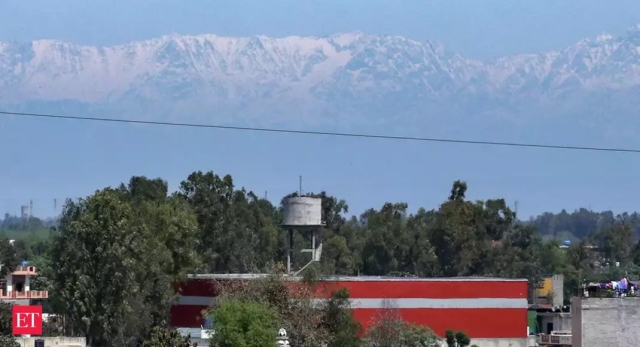After an almost two-month hiatus, India is waking again. Dubbed as the most extensive quarantine in the world (in terms of people and spread), the lockdown is finally easing in India. Through a series of announcements made by the central and various state governments, there’s a gradual easing of the economy. Factories, offices, malls are opening up. So, is travel; public transport is also steadily back again, the long-distance trains have started and matter of time before the metros and suburban trains are back on track.

And while Indians venture out of their homes, to offices, or malls or shops; the sword hanging over their heads comes ever-closer. Even before the gradual opening up was announced, the country was registering a record number of COVID-19 cases. India is now the seventh worst-hit country due to the COVID-19 pandemic, registering record spikes for the last three days.
The message from the administration seems a tad confused. While there was an extension of the lockdown till June 30, there was also a phased plan to kick-start the economy, malls, hotels, restaurants and religious places can open up on June 8 except in containment zones, placed with the most number of coronavirus cases.
Ecological Renaissance
Without belittling the pain and trauma of millions of Indians ensnared by chains of poverty, the quarantine phase resulted in some unrelated gains, in terms of the environment. Across the nation, there were reports of how air pollution had come down drastically. While the visible cues were much there, people being able to see the Himalayas from their homes in North India, there was also the tangible stats to support it.

Sarath Guttikunda is the director of Urban Emissions (India) highlighted the reduction of PM2.5, PM10, Sulphur Dioxide and Nitrogen Oxide levels in the air. There was a significant reduction in air pollution in New Delhi, which happens to be one of the affected cities in the world. Undeniably, this shift could be attributed to curbs on vehicular movement in the lockdown phase. In a manner of speaking, all the odds-even and even-odds traffic plans could not achieve what the lockdown could.
While a sustained quarantine for the sake of the environment is not feasible; there is an increased awareness now of the direct correlation between human actions and their environmental impacts. The benefits could be seen in the manner things improved on the ecological scale.

Take the case of rivers, the waters in Indian rivers have cleared up like never before, for instance, water from the Ganga river was found to be fit for consumption after decades, the river Tawi in Jammu has improved significantly, the Yamuna was its cleanest self in almost three decades.
All these gains were made on the back curtailment of industrial activities. Domestic pollution continued unabated, for instance, the Mithi river in Mumbai was even more polluted because of all the local filth it had to tarry.
Coming off a ‘New-Normal’
The government, while it spoke about the need to build on the environmental gains, does not seem much inclined towards it. There was a great hurry by the environment ministry, to approve some long-pending ‘developmental’ projects inside the protected areas of the country. The National Board for Wildlife (NBWL), set a new precedent by according permission to more than 30 projects via video conference in the first week of April.
The biggest furore erupted against this policy when the Etalin Project in the remote Dibang valley in Arunachal Pradesh was being rushed through for clearances. The Etalin project would involve chopping at least 2,80,000 trees of subtropical evergreen broad-leaved forest and subtropical rain forests in an area of more than 1,160 hectares. Public opinion emerged like a tsunami on Twitter and elsewhere. Everyone was shocked in the callous manner this project was being pushed forth in the name of development. Finally, on May 11, 2020, there was a comedown by the government as it was revealed that the forest clearance wasn’t given yet, as inputs from the ministry of power on the feasibility of the project as well as a detailed cost-benefit ratio analysis were asked for.
Government policies also changed in terms of economic prioritization. Privatization was given priority. Every PSU in India will be now privatized, except 4 in strategic sectors, announced the union minister of finance.

In between, the COVID-19 epidemic is also damaging the environment. The ginormous amount of PPEs, face-mask, sanitizers, will all have an environmental impact. Years of gains in fighting single-use plastic have vanished in a matter of days, where it became the de facto choice. An Mt. Everest of plastic is in the making, and we will have to deal with it at a later date.
The wheels of economic recovery have been set in motion, and ecological destruction is merely collateral damage. The “New Normal” as it called, could be a revert to “old normal” only worse. Rather than building upon the gains, we are doubling down on the loses. As the factories hum again, and the people emerge from the homes, the PMI levels in the air and the effluents in the rivers will be back.
In May, the residents of Jalandhar city were overjoyed, as they could view the majestic peaks of the Dhauladhar mountain range of Himachal Pradesh, for the first time in 30 years. Will the magnificent view now be obscured by the haze of industrial activity? Time will tell.










Recent Comments